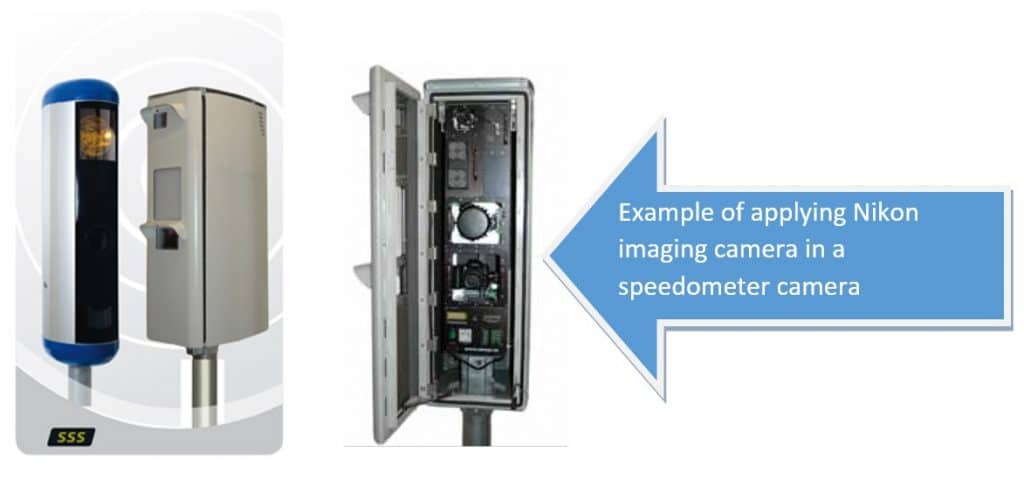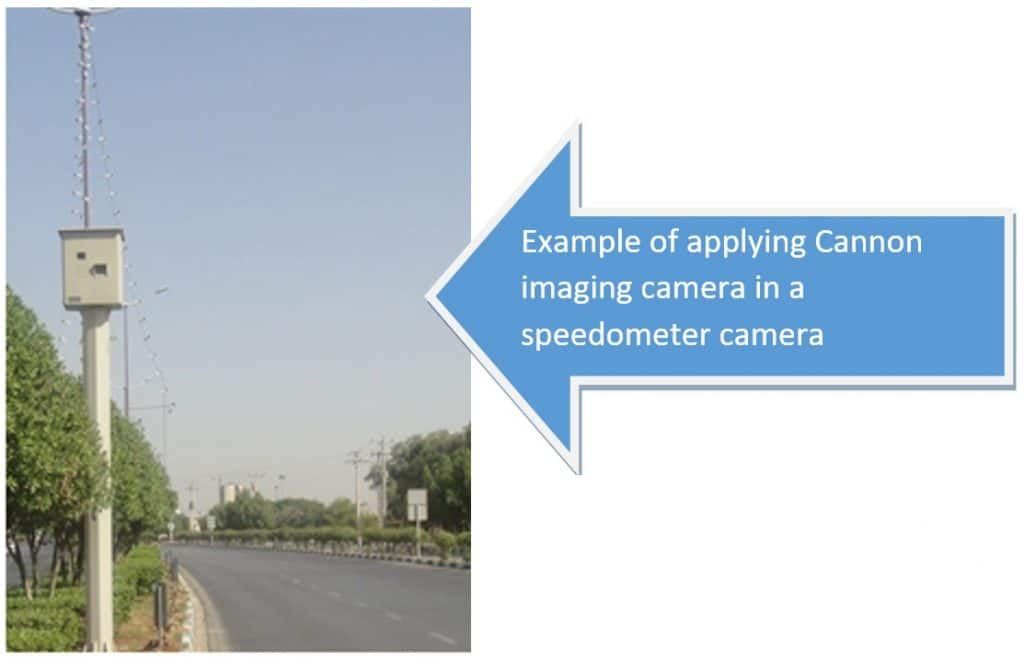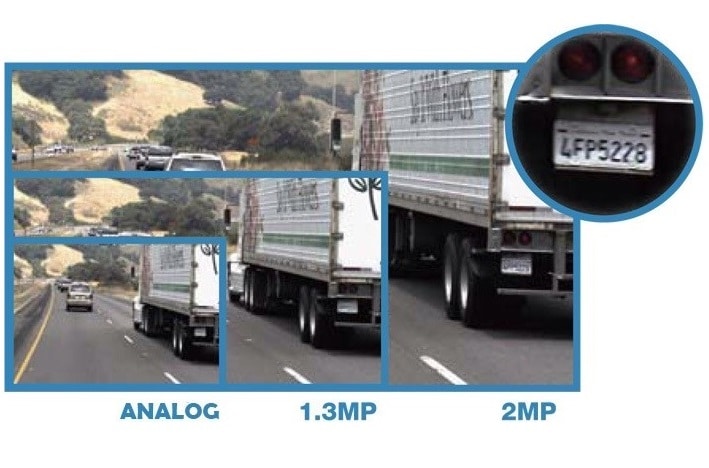Comparison of speed metering technologies
Preface
In this article we tend to discuss the existing speedometer technologies. It is supposed that the implemented system is flawless and only the basic differences of the approaches are compared. In other words, it is possible for a system with a low level technology but fine implementation to perform better than any other system with high technology and poor implementation. Also some obsolete technologies like LOOP which has poor performance plus high running and maintenance costs, are not discussed here.
In addition to quality and accuracy of the algorithm and technology implementation, the hardware used in system will also have a great influence on the final outcome. Thus utilizing a poor hardware is just like using a weak ring in a chain which will limit the strength of the whole chain to its own restrictions.
For speedometer cameras, the above-mentioned points mostly can be summarized as follows:
- Using non-industrial hardware which is not suitable for harsh environmental conditions and does not provide enough perseverance.
- Using hardware with technical characteristics less than required.
Utilizing photography cameras in violation recording systems can be an example of the first case, where mechanical shutter's limitations will abound the final performance of the system because it has to be changed after a number of imaging. The number of images taken limitation will also abound the final performance of the system. Obviously these systems are incapable of imaging and performing LPR for all passing cars and measuring the average speed.



